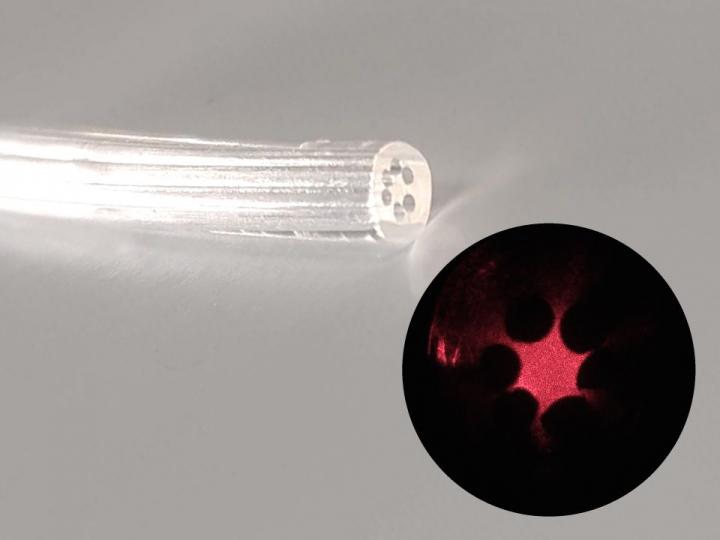The claim that most spaces are now designed with sound-absorption in mind seems a little overblown to me but judge for yourself, from a July 14, 2022 news item on phys.org,
From airplanes to apartments, most spaces are now designed with sound-absorbing materials that help dampen the droning, echoing and murmuring sounds of everyday life. But most of the acoustic materials that can cancel out human voices, traffic and music are made from plastic foams that aren’t easily recycled or degraded. Now, researchers reporting in ACS Sustainable Chemistry & Engineering have created a biodegradable seaweed-derived film that effectively absorbs sounds in this range.
…
A July 14, 2022 American Chemical Society (ACS) news release (also on EurekAlert), which originated the news item, describes the work in more detail,
Controlling and optimizing the way sound moves throughout a room is key to creating functional spaces. Foam acoustic panels are a common solution, and they come in a variety of materials and thicknesses tailored to specific sound requirements. Most of these foams, however, are made from polyurethane and other polymers that are derived from crude oil or shale gas. To avoid petrochemicals, researchers have explored more renewably sourced and biodegradable sound-absorbing alternatives. But many current options are made from plant fibers that don’t effectively dampen noises in the most useful range of sound frequencies, or they are too thick or unwieldy to fabricate. So, Chindam Chandraprakash and colleagues wanted to develop a plant-derived, biodegradable material that would be simple to manufacture and that could absorb a range of sounds.
The team created thin films of agar, a jelly-like material that comes from seaweed, along with other plant-derived additives and varied both the thickness and porosity of the films. After running the materials through a battery of tests, the researchers measured how well the films dampened sound across a range of frequencies — from a bass hum to a shrill whine. To do this, the team created a sound tube in which a speaker is placed at one end, and the test film is fitted over the other end. Microphones in the middle of the tube measured the amount of sound emitted by the speaker and the amount of sound reflected off the film. These experiments showed that porous films made with the highest concentrations of agar had the greatest sound-absorbing qualities and performed similarly to traditional acoustic foams. The researchers plan to explore ways to modify the agar films to give them other desirable properties, such as flame resistance, and will explore other biologically derived film materials.
Here’s a link to and a citation for the paper,
Agar-Based Composite Films as Effective Biodegradable Sound Absorbers by Surendra Kumar, Kousar Jahan, Abhishek Verma, Manan Agarwal, and C. Chandraprakash. ACS Sustainable Chem. Eng. 2022, 10, 26, 8242–8253 DOI: https://doi.org/10.1021/acssuschemeng.2c00168 Publication Date: June 23, 2022 Copyright © 2022 American Chemical Society
This paper is behind a paywall.
